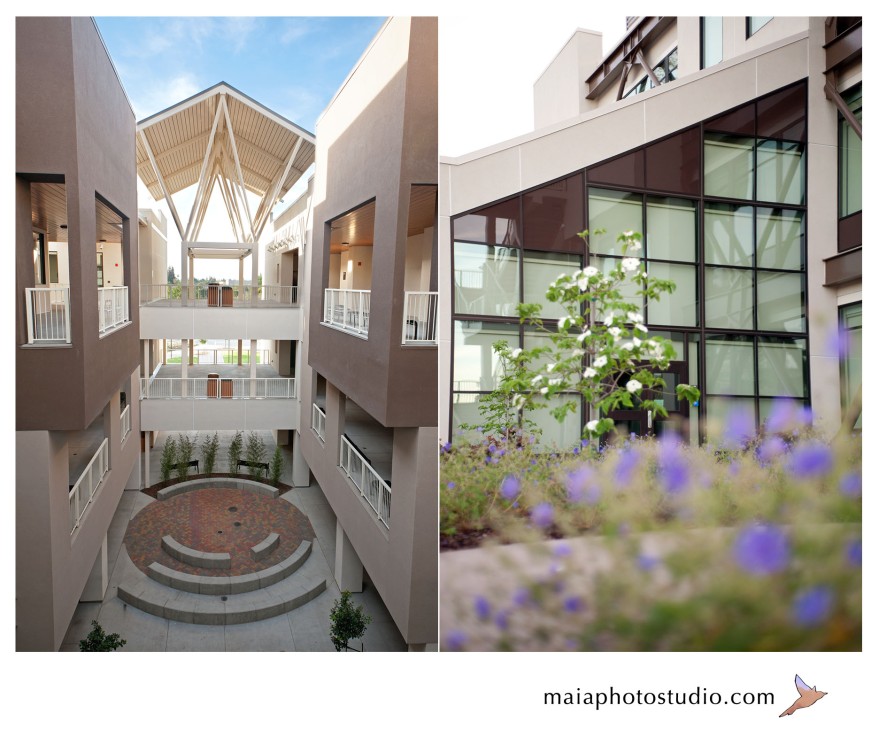2. Don’t forget your equipment.
It sounds obvious but it’s surprisingly easy to leave your camera charger at home – been there, done that. You’ll need batteries, memory cards, your charger (plus any world plug-converters if necessary) and your camera! Not to mention any cords or accessories you find useful. If you are traveling out of the country, or out to the country, these things can be hard to find or very pricey.
3. Tripod?
Think about this long and hard. Tripods are bulky and space consuming and usually mean you plan to spend a lot of your time taking photos. If you are flying anywhere or plan on doing a lot of walking on your vacation, you probably want to leave it at home. If you’re traveling by car and want to take leisurely landscapes and family photos then go for it! If you really want one with you, a table top tripod may be all you need. And here’s one for a point-and-shoot.
4. Carry your stuff with you.
Never put your camera equipment under the plane. No explanation needed I’m sure. Get a good camera bag that can hold your equipment comfortably and safely. They even make camera bags that don’t look like camera bags, for extra safety! The security detectors won’t bother your equipment. If you are bringing high-speed or professional film with you, then you probably know all about it and aren’t reading this :).
5. Carry your stuff with you!!!!
Get a strap for your camera and make sure when you hold your camera you have that strap in your hand or on your shoulder (across your body is great). If your camera is in a bag, but you are holding the bag strap … your camera can disappear and you might not notice. A reassuring bag strap doesn’t mean much when the bag is empty. Staying in a hotel? If you don’t need your camera when you go out, put your equipment in a room or hotel safe.
6. Memory cards, smaller may be better.
I recommend taking several low gigabyte/megabyte memory cards with you &, if you can, uploading them to your computer as often as possible. As a professional photog, I would never, ever shoot an entire wedding on one memory card. What if it was defective or damaged – or “knock on wood” I lost it. Instead I keep at hand several memory cards and switch them out throughout the day. It stinks, but you’ll feel much better if you only lose your trip to the Louvre – vs. – your entire European vacation. It happens, or rather, s*it happens – I hope not to you of course!
7. Remember the Golden Hour.
Early mornings and evenings when the light is shiny and “golden” are the best times for good photographs. Mid-day when the light is bright and everyone in your photos has their hand-shade up over their eyes – not so great. Remember the light: you’ll have better photos and your family will think you’re a pro! If it looks good – it is!
8. Make sure you aren’t breaking the rules.
Museums, galleries and historical sites may have photography restrictions. If the sign says “no photos” they mean it! Don’t risk getting kicked out or having to delete your photos; it’s embarrassing. Also, learn how to turn off your flash before you go. Many places do not allow flash photography and no matter how hard you try your flash isn’t discreet. {You can always cover your flash with electrical tape if it really won’t shut off.}
9. Taking pictures of strangers
{This could be it’s own blog!} If you have a good zoom, you can always shoot from afar. Or, buck up and just ask someone if you can take their photo! Always approach someone with your smile, not your camera. Smiles are the same in every language. Just smile, show your camera (keep it low, like you’re not shooting) point at it and say “photo?” If they decline, smile say “thanks” and walk away. Most people I’ve encountered have been wonderful and I wouldn’t trade those experiences for anything– the memory is better than the photo in most cases (and I’m pretty good at the photo part.)
10. Know your equipment.
If you just got your camera; or, if you haven’t used it in a while; or, if you use it all the time but really don’t know what you are doing – figure it out before you go. I can tell you from personal experience that you won’t have a revelation on the road. The camera you can’t get to work at home won’t magically start taking better photos on vacation! Read that pesky manual. Or, better yet, get some hands-on experience in your backyard.
(11.) Take some time without your camera!
Don’t forget to put the camera down and take part in your fun! Photos don’t make memories; you do!
Have fun! *heidi











































